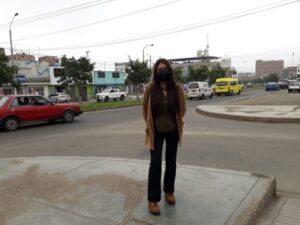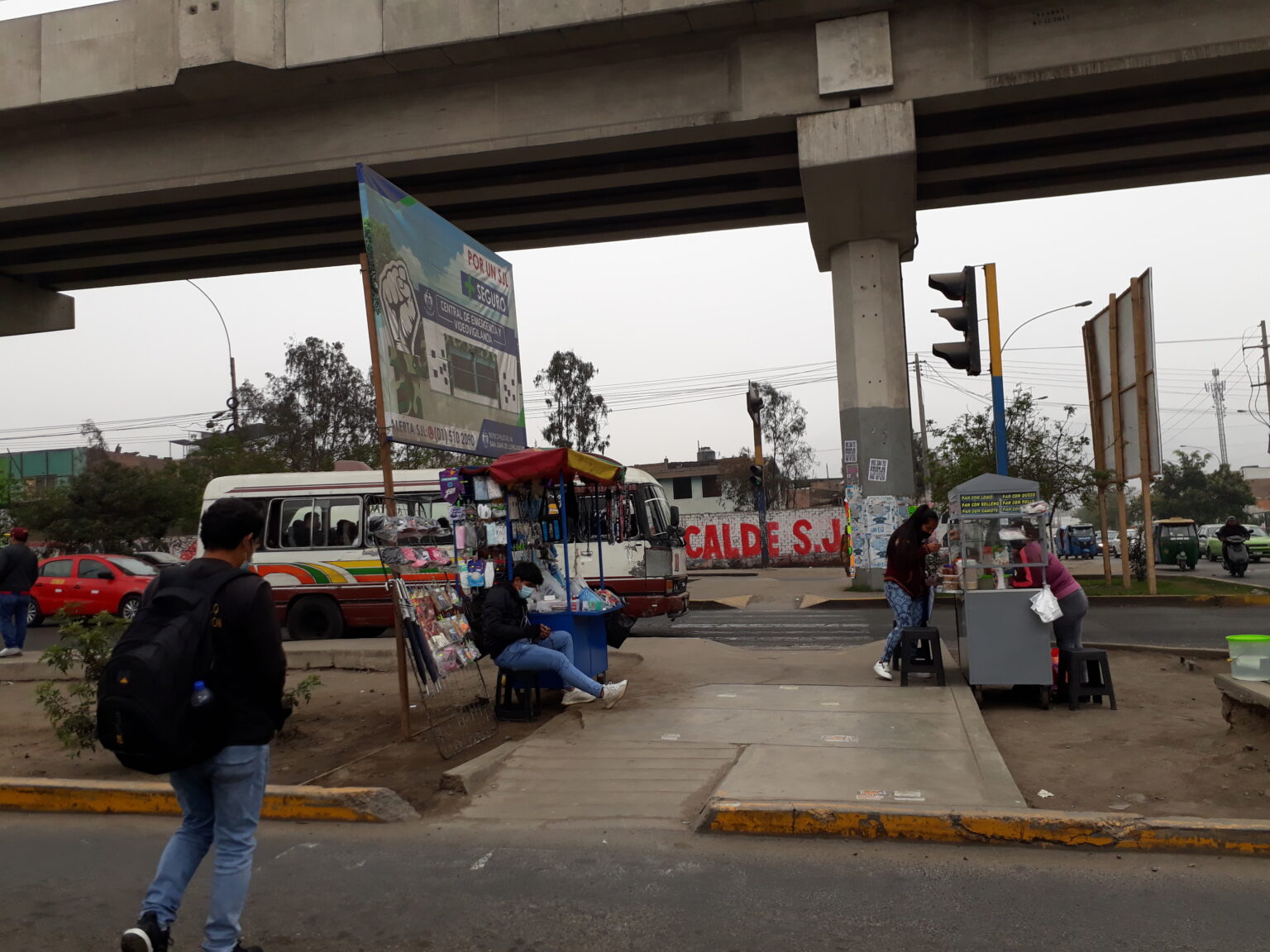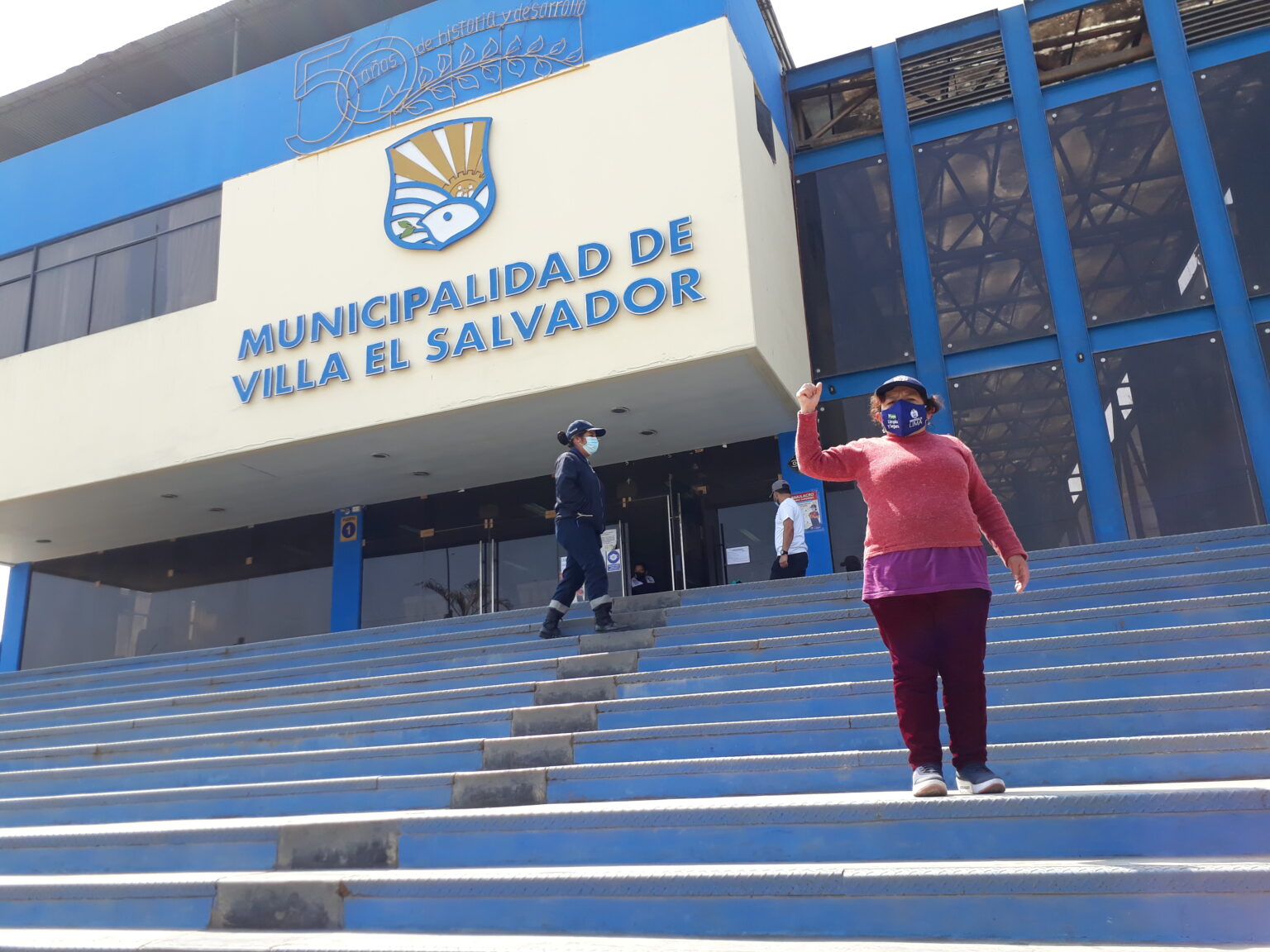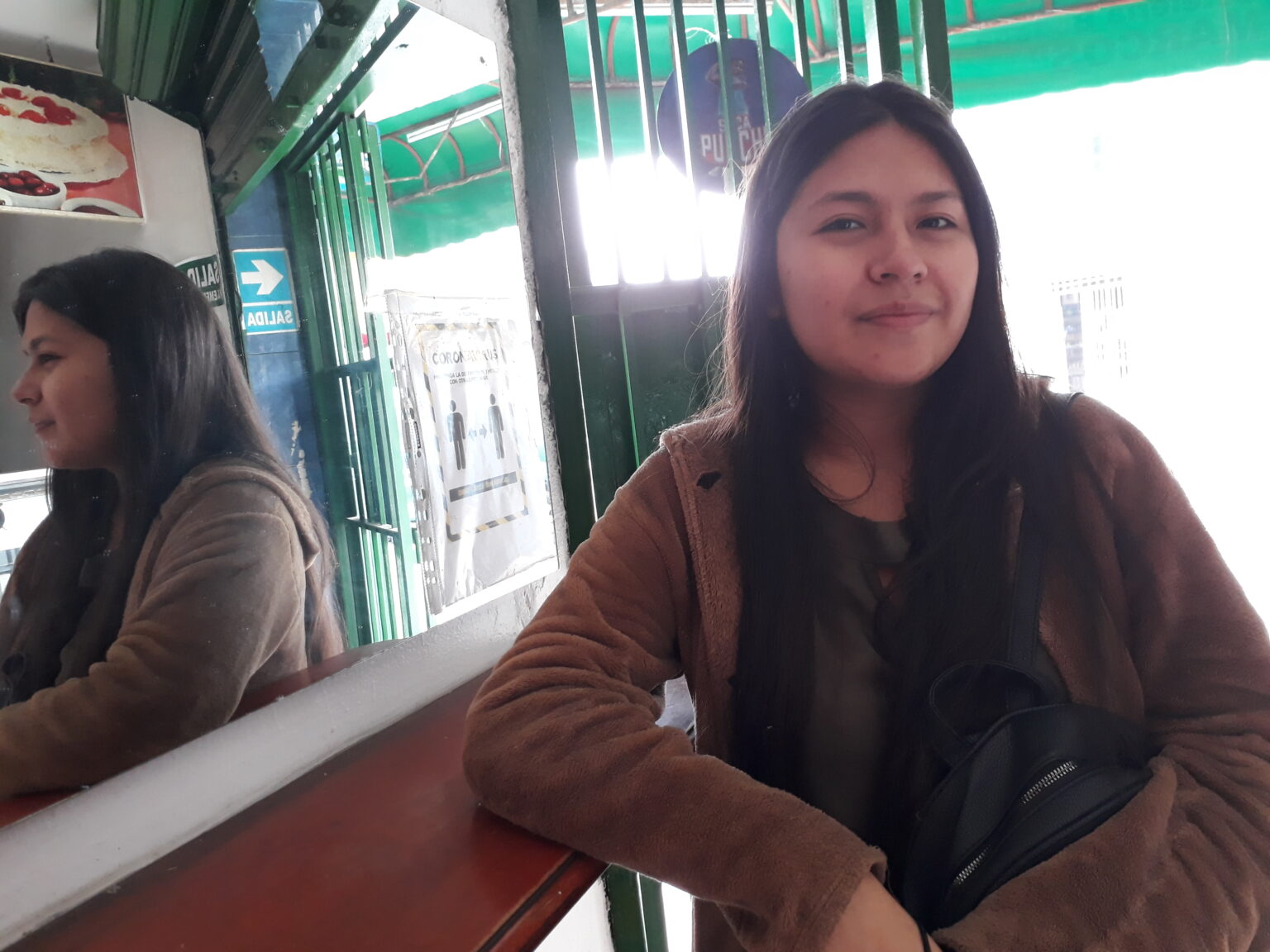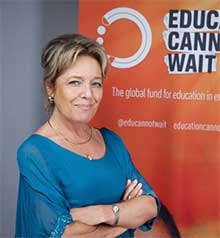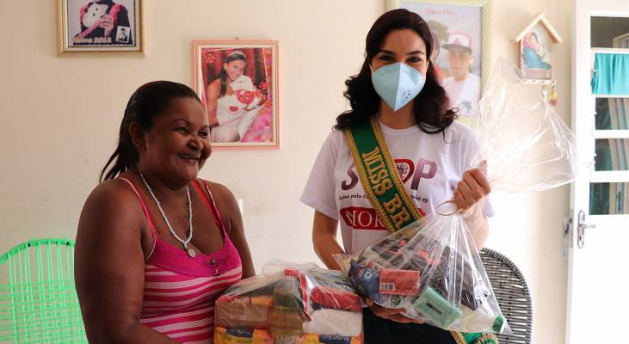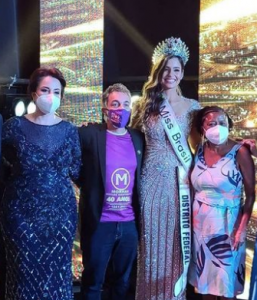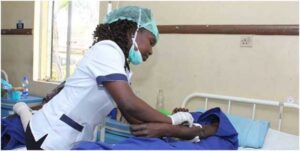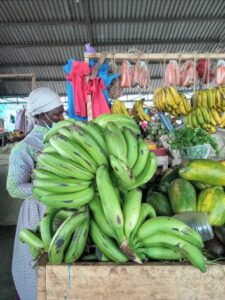

Civil Society, Health, Human Rights
US, UK, Germany, Norway, and Switzerland in violation of international human rights law in “prolonging the pandemic” ahead of vital World Trade Organisation meeting
– An international coalition of human rights law groups, public health experts, and civil society organisations is taking legal action against the US, UK, Germany, Norway, and Switzerland, on the grounds that these countries are in violation of international human rights law by failing to intervene on what has been an inequitable and racially discriminatory roll-out of the vaccine and other COVID healthcare technologies.
In an appeal to the UN Committee on the Elimination of Racial Discrimination (CERD), the coalition charges that by failing to lift intellectual property barriers on all COVID-19 medical technologies through a TRIPS waiver (or to effectively implement it through technology transfers), the US, UK, Germany, Norway, and Switzerland are in violation of the International Convention for the Elimination of All Forms of Racial Discrimination, a human rights convention ratified by nearly all countries in the world.
Because the rich countries currently making and hoarding vaccines are majority white, and the formerly colonized countries suffering due to vaccines being withheld are majority Black, indigenous, or other people of colour, the current inequitable vaccine rollout is a textbook example of structural racial discrimination.
The International Convention for the Elimination of All Forms of Racial Discrimination requires that countries take effective measures “to review governmental, national and local policies, and to amend, rescind or nullify any laws or regulations which have the effect of creating or perpetuating racial discrimination wherever it exists.” Countries have an obligation under the convention to “prevent, prohibit and eradicate” all practices of racial discrimination particularly “racial segregation and apartheid.”
Yet the US, UK, Germany, Norway, and Switzerland have opposed or willfully failed to take all available measures to increase global supply of and equitable access to vaccines and other COVID-19 medical technologies, a violation of their obligations under the human rights convention.
Globally, 73% of all COVID-19 vaccine doses have gone to just 10 countries. Rich countries have administered 61 times more doses per capita than poorer countries and delivered only 14% of the 1.8 billion doses promised to poor countries. Just 5.8% of Africans have been vaccinated. The top 10 high-income countries will have hoarded 870 million excess doses of vaccines by the end of 2021. Countries in the Global South stand to lose $2.3 trillion from now until 2025 if they can’t vaccinate 60% of their population by mid-2022.
The appeal asks the CERD Committee to compel the US, UK, Germany, Norway, and Switzerland to “respect, protect and fulfil their human rights obligations,” as well as to take several immediate actions, including:
- • Demand that the Respondent States immediately support, implement, and enforce a temporary waiver of the intellectual property barriers on COVID-19 vaccines, tests, and treatments currently imposed by the World Trade Organisation’s Trade-Related Intellectual Property Rights Agreement (TRIPS), as requested by India and South Africa in October 2020, and
• Mandate technology and knowledge transfers from the relevant pharmaceutical corporations to the many manufacturers around the world standing by to ramp up production of these lifesaving medical technologies.
The CERD meets from November 15 in a weeks-long session coinciding with the World Trade Organisation (WTO) ministerial meeting on November 30. The WTO ministerial is a key opportunity to resolve the year-long impasse on the proposal to break the corporate monopoly control of COVID-19 healthcare technologies by granting the TRIPS waiver.
Tian Johnson, Founder & Lead Strategist, African Alliance and member of the People’s Vaccine Alliance, said: “As a consequence of neocolonial economic and social policies in Africa, fragile health systems impact communities’ access to health services in much of the continent. Africa will become known as the continent of COVID-19 – not because of vaccine hesitancy but because of the inequity, greed, and inaction of pharmaceutical companies and political leaders of the North. Having to rely only on the continent’s own capacity and resources will not be enough to save African lives. Nor should it be. African lives matter, just as much as lives in Berlin, Washington, Tel Aviv, Geneva, London, Toronto or Brussels. COVID-19 is a global crisis that requires global action, whose response all countries should be able to share equally.”
Paula Litvachky, from the Center for Legal and Social Studies in Argentina, said: “Latin America has been extremely affected by the pandemic. It concentrates almost 25 percent of all COVID-19 deaths in a continent that is less than 10 percent of the world’s population. Although there is regional industrial capacity, many States have had problems accessing vaccines. Groups such as indigenous peoples, Afro descendants and racialized sectors are harder hit than others, both by the virus and by the dramatic social and economic crises it is provoking.”
Anele Yawa, General Secretary of the Treatment Action Campaign and a member of the People’s Vaccine Alliance, said: “Big Pharma has prioritized excessive profits over protecting people’s health for too long. Often they are aided and abetted by governments in the Global North through their inaction or opposition to a more just system. We have repeatedly seen this occur in many fights for access to affordable medicines, from the fight for HIV medicines in the early 2000s and more recently in our fight to Fix the Patent Laws to ensure more affordable medicines for cancer, TB, mental health and beyond. Yet again now with COVID-19, we are seeing Big Pharma greed being prioritized over people’s lives all over the world. Governments must fulfil their international obligations and help prioritize people over profits by ensuring vaccine equity for all, irrespective of where you were born, poverty, gender or immigration status.”
Joshua Castellino, Executive Director of Minority Rights Group International, said: “COVID-19 has hit people of colour, women, indigenous people, and other minority and discriminated groups harder in terms of infections, deaths, lack of access to healthcare, resultant poverty, and even violence and emotional trauma. The discrimination of the virus is being revisited by vaccine discrimination, as rich nations deliberately withhold and deny these same groups of people equitable access to it.”
Meena Jagannath, coordinator of the Global Network of Movement Lawyers at Movement Law Lab, said: “We have tabled an evidenced-based challenge to the UN, an institution meant to embody the spirit of multilateral cooperation. Our evidence points to specific actions by the named states in perpetuating structural divisions between the global north and the global south that are rooted in historical colonialism, all in the service of profit and the corporate capture of power. This contravenes their legal obligations under international covenants and agreements they’ve ratified. This is a test-of-our-times for the UN system to engage and correct. We are deadly serious in our resolve to seek justice and redress.”
Mandivavarira Mudarikwa, Attorney, Women’s Legal Centre, South Africa, a member of ESCR-Net – International Network for Economic, Social and Cultural Rights, said: “It is undeniable that women in their diversity, especially those of colour, have disproportionately been impacted by the COVID-19 pandemic, including in shouldering the greatest burden of healthcare and unpaid care work. The inequitable availability of access to health care, personal protective equipment and the distribution of vaccines, and other lifesaving treatments has laid bare the ongoing discrimination that women face in their daily lives. Critical, transformative action is needed immediately if we are to substantively effect change and bring about just and equal access to the right to health. We therefore support the submission of the CERD urgent action appeal aimed at addressing the gender and racial injustice that persists and hope that others will join in this collective action.”
The petition urges CERD to find that these countries must prioritise actions that will protect people’s lives instead of the corporate-controlled intellectual property of the vaccine. They should be supporting — rather than blocking — a proposal at the WTO to waive these intellectual property monopolies, so that more countries are able to make more and cheaper vaccines and other COVID healthcare technologies.
Germany, the UK, Norway and Switzerland have actively opposed moves to waive intellectual property barriers on all COVID-19 vaccine technologies at the WTO. The US has declared support but only for a narrow waiver on the vaccine alone, while failing to use other mechanisms at its disposal e.g. mandating technology transfers through use of the Defense Production Act.
The petition is also strengthened by a separate legal brief signed by jurists around the world which finds that these “blocking” states are also, by their actions, breaching a number of covenant and treaty obligations under international human rights law. The brief says these countries are violating both the International Covenant on Economic, Social and Cultural Rights and the International Covenant on Civil and Political Rights, along with a number of treaties they have signed as members of the WTO, including their legal obligations of international cooperation. A broad legal coalition is also advancing additional complaints in other forums, including a submission to the Committee on the Elimination of Discrimination Against Women (CEDAW) to surface the gender discrimination.
The petitioning groups include African Alliance, Center for Economic and Social Rights, Centro de Estudios Legales y Sociales, Minority Rights Group, Oxfam International and Treatment Action Campaign. The petition was coordinated by Global Network of Movement Lawyers (of Movement Law Lab) and ESCR-Net, and is supported by SECTION27 and other organizations within the People’s Vaccine Alliance.

